THOMPSON’S TAKE: Is Your Facility Team Following Proper Safety Guidelines?
Safety guidelines and protocols have become a common theme so far in 2020 given the unprecedented pandemic the world is currently facing due to the COVID-19 health crisis.
Safety is also an important element within the world of facilities management. Maintaining safe facilities should always be at the forefront of facility managers’ minds. During my 30+ years working in facilities management at the University at Buffalo, we had regular safety meetings and training. Every year we provided mandatory safety training ranging from recognizing hazardous materials to ladder safety to scaffolding training. We also regularly held more sophisticated training, such as fit testing respirators and proper use of safety harnesses for tie-off on elevated work. Suffice to say there is a long list of safety training requirements depending on your type of business or facility.
As facilities director at UB, our employees were required to sign off that they attended and understood the safety training that they received. Additionally, team members received weekly and monthly safety reminders on topics, such as proper use of PPE (personal protective equipment) and power tool safety, to keep safety at the top of everyone’s minds.
You cannot over emphasize safety and it should be an integral part of your organization’s core values, especially in facility management. Lost time accidents have a significant impact on your company, such as the loss of that employee’s talents or increased insurance premiums.
Worker safety is regulated by several regulatory agencies, such as OSHA (Occupational, Safety and Health Association), the New York State Department of Labor, and SESHA (State Employee Safety and Health Association) to name a few. It is incumbent upon all major employers to have written safety plans in full compliance with regulatory requirements.
As you can imagine, there are inherent safety issues with any facilities work, including roof inspections. Roofs can be a dangerous place, so minimizing staff time on building roofs is always recommended. The old method of roof inspections required multiple staff using a handheld infrared camera walking around a building roof at night to detect roof anomalies such as wet insulation from leaks. One person operated the camera, one person marked out the bad areas, one person made notes on a roof plan, and a supervisor ensured nobody accidentally walked off the roof. This was most often done on roofs that had known issues, further putting team members’ safety at risk.
As someone who has experience working with the EagleHawk team, I can proudly endorse their safe method of utilizing drones equipped with infrared and digital cameras to perform thorough roof inspections, eliminating a considerable amount of staff time spent on roofs. In fact, EagleHawk’s drone-enabled method of roof inspections was recognized with a safety award by the WNY Safety Engineers Association in 2017. The capabilities of drones to support the facilities industry and its approach to safety management are advancing rapidly and are becoming a valuable asset for facilities managers.
This blog is part of a series in which I’ll provide my take about a variety of subjects regarding facility management, maintenance and repairs to help provide insight into common challenges that facilities managers face and how to hopefully best resolve them.

